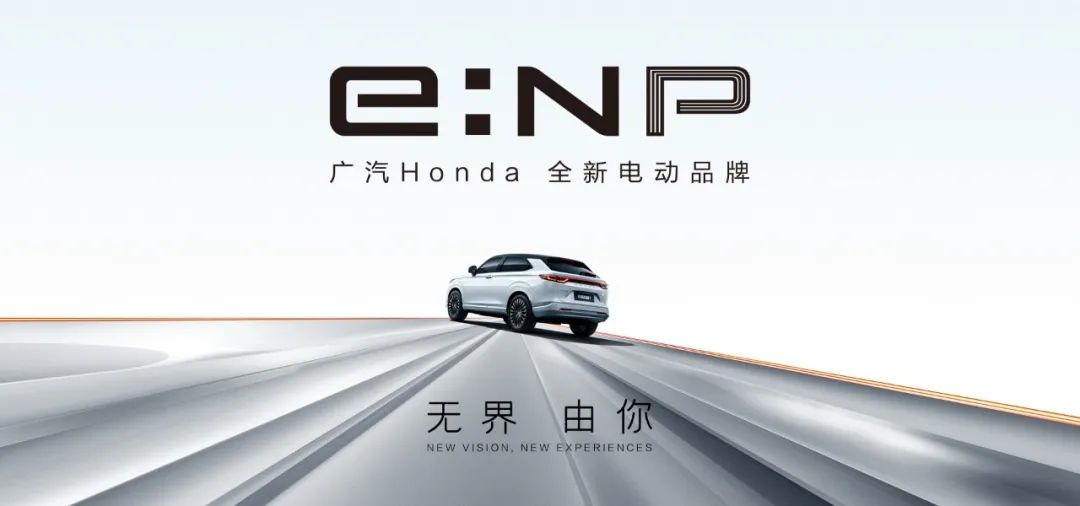Author: Wang Xuan
It’s getting late and the crowd is getting bigger. Is it still possible to enter the game now?
On March 29th, the Chinese electric vehicle market welcomed a new challenger at the Guangzhou Honda EV Dojo: the e:NP from Guangzhou Honda, a pure electric vehicle brand. Alongside the brand’s debut came its first product, the e:NP1 model, with plans to bring more products to the Chinese market in the future.

Challenging difficult situations is the traditional style of Japanese car companies
To be honest, Japanese car companies are the most rational when it comes to viewing the electrification of automobiles on a global scale. Therefore, even after years of rapid development in China’s electric vehicle market, we have yet to see Japanese brands in the Dojo. It wasn’t until the beginning of 2022 that the two major Japanese automakers, Honda and Toyota, entered the Chinese EV market. This begs the question: did Japanese EVs arrive too late?
Looking back at the product development process of the Japanese automobile industry, we find an interesting phenomenon: overcoming difficulties is the inherent style of Japanese car companies. For Japanese car companies, overseas markets are far more important than domestic ones. While it took sixty years for Japanese car companies to reach the center stage in the traditional internal-combustion engine car field, they do not have a strong presence in the electric vehicle field. Whether their goal is to expand new business or refine their products, tapping into the Chinese electric vehicle market is the best choice.
China’s electric vehicle market ranks first in the world, and has gradually formed a relatively stable market pattern over the past few years, which is a very unfavorable factor for Japanese EV companies entering the market. However, it cannot be denied that this market still has a lot of incremental space. As of the end of 2021, China’s pure electric vehicle sales accounted for a staggering 61% of the global market share.
Entering the world’s largest auto market is not the first time for Japanese car companies. Take Honda for example. In the past fifty years, numerous stories revolved around its efforts to compete for the U.S. market share, three of which were key events. In 1973, the oil crisis spurred rapid iteration of Japanese internal-combustion engine technology. At that time, Honda used efficient engines with lower displacement and the economical Civic model to seize a large share of the American car market. The following photo captures Detroit workers who lost their jobs due to the invasion of Japanese cars, and were so angry that they started fighting with Honda Civic on the street.
 In the early 1990s, the US market experienced a short-lived wave of electrification. As is customary in the industry, when a new technological trend appears in the world’s largest market, insiders begin to ponder its implications. In 1997, Honda launched the EV Plus, the first non-lead-acid battery electric vehicle produced by a major automaker at the time.
In the early 1990s, the US market experienced a short-lived wave of electrification. As is customary in the industry, when a new technological trend appears in the world’s largest market, insiders begin to ponder its implications. In 1997, Honda launched the EV Plus, the first non-lead-acid battery electric vehicle produced by a major automaker at the time.
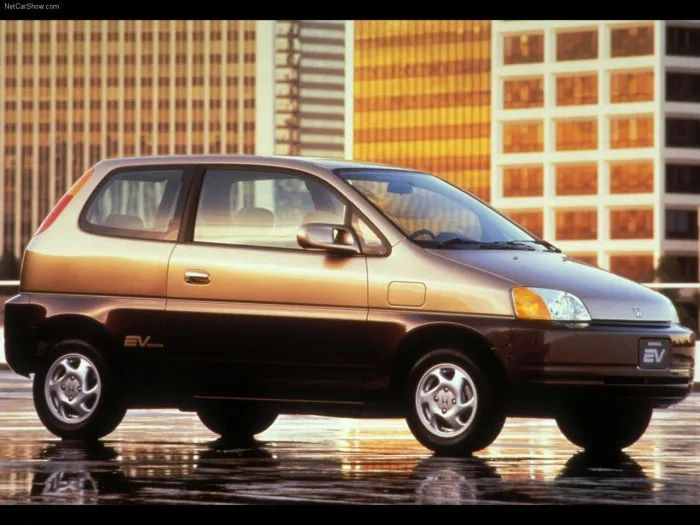
However, electric cars ultimately disappeared from the US market. Americans realized that finding a more economical form of transportation energy was the key to solving the problem of electric mobility. It became clear that a transition from fossil energy to pure electricity was premature. The Japanese were the first to think of an intermediate solution.
The introduction of hybrid cars was the third key initiative of Japanese automakers. In 1999, Honda launched the first hybrid vehicle, the Insight. Honda’s goal was obvious: to land a heavy blow to their domestic auto industry while Americans were still struggling with energy anxiety.
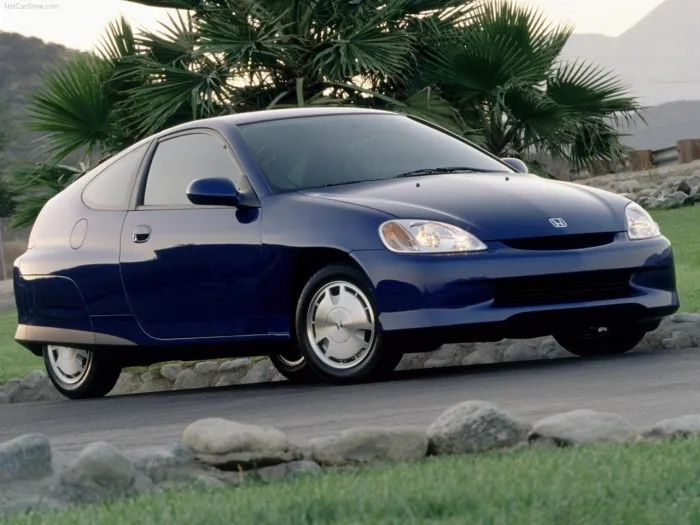
The Insight was based on Honda’s first-generation IMA hybrid architecture, which vastly reduced the fuel consumption of passenger cars. The US environmental authority, the EPA, once stated in the late 1990s that the five-speed manual transmission version of the Insight was the most fuel-efficient production car sold in the US.
Unlike introducing the GAC Honda e:NP brand to the Chinese EV market, conquering the US auto market was much more challenging for Honda. Even though the Chinese EV market is relatively mature, there are no insurmountable product and technological barriers. In contrast, the US auto industry sat atop the global auto industry fifty years ago under circumstances that required impressive ability to seize the opportunity. Of course, with the introduction of EVs to China this time, Honda is bringing with it full sincerity.
Among the many EVs, the GAC Honda e:NP is the most serious one
Along with the debut of the GAC Honda e:NP brand came their first product, the e:NP1, also known as the Jipai 1 in Chinese. There was not much information available about the Jipai 1 during the launch event, and many details would only be unveiled at the Beijing Auto Show.
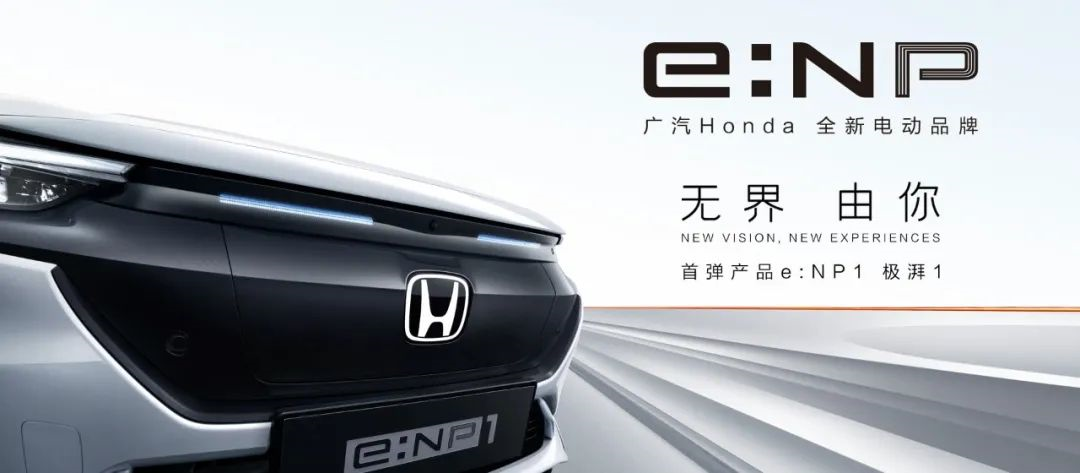 The e:NP1 polar 1 adopts a brand new smart and efficient pure electric architecture – e:N Architecture F, integrating a three-in-one high-power driving motor, high-capacity/high-density battery, high-rigidity pure electric vehicle exclusive frame and chassis platform. According to the user’s daily actual use scenario, the e:NP1 polar 1 optimizes the motor settings and ultimately integrates 20,000 scenario algorithms in the electronic control program. Due to the unique high torque output characteristics of the motor drive, passengers are prone to dizziness. To ensure the user’s driving comfort, the e:NP1 polar 1 constantly adjusts the pedal response and power output characteristics, as well as repeatedly tunes the seat system and suspension system.
The e:NP1 polar 1 adopts a brand new smart and efficient pure electric architecture – e:N Architecture F, integrating a three-in-one high-power driving motor, high-capacity/high-density battery, high-rigidity pure electric vehicle exclusive frame and chassis platform. According to the user’s daily actual use scenario, the e:NP1 polar 1 optimizes the motor settings and ultimately integrates 20,000 scenario algorithms in the electronic control program. Due to the unique high torque output characteristics of the motor drive, passengers are prone to dizziness. To ensure the user’s driving comfort, the e:NP1 polar 1 constantly adjusts the pedal response and power output characteristics, as well as repeatedly tunes the seat system and suspension system.
To maximize the experience, the e:NP1 polar 1 also adds Honda EV sound in sports mode to simulate sound waves and bring more sensory stimulation to users.
In terms of intelligence, based on the e:N OS full-stack smart control ecosystem, the e:NP1 polar 1 achieves its evolution from passive intelligent to active intelligent. e:N OS integrates Honda SENSING safety driving auxiliary system, Honda CONNECT 3.0 pure electric car special edition, and intelligent digital cabin based on cross-level HMI system, creating a brand new smart control ecology.
In addition, the e:NP1 polar 1 is equipped with Honda’s first DMC driver state perception system, which interacts with the driver through facial recognition.
Prior to the e:NP1 from GAC Honda, Honda released a pure electric car named Honda e, which, compared with the former, is more of a small and playful vehicle. In terms of size, the Honda e’s compact design is more suitable for the European and Japanese domestic markets, and the car is not capable of becoming a global model. The vehicle was released in 2017 and did not achieve mass production until 2021. The famous European review website Top Gear once conducted a review of it.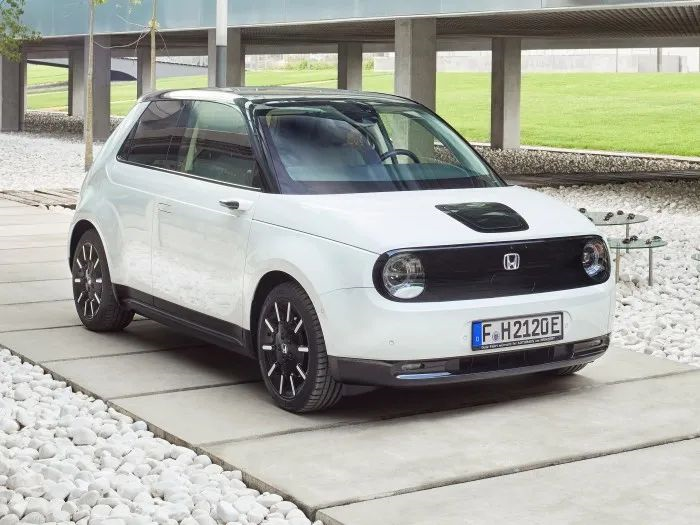
It took five years for Honda e to go from concept to mass production. Obviously, it was not a painless attempt. At that time, electric cars were still a new product, and the market did not have a scale yet. There was no reason for any car company to inject large sums of money into this highly uncertain field. However, times have changed, and global car companies have already started their electrification transformation and planned for carbon neutrality. Honda must take it seriously.
To fully enter the electrification era, Honda launched its electrification brand e:N in 2021, and e:NP is the pure electric brand under Honda’s joint venture with GAC. By establishing a new brand in China in the form of a joint venture and first releasing the first product in the Chinese market, it can be seen that Honda attaches great importance to the world’s largest electric vehicle market.
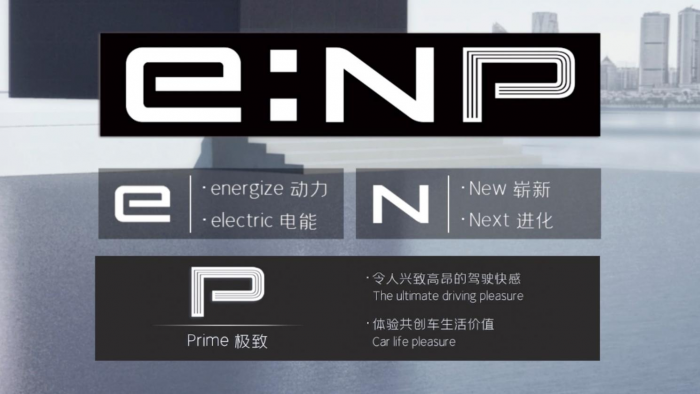
The name e:NP has a rich connotation, conveying a brand attitude of creating ultimate pure electric value for users. “e” means “energize” and “electric”; “N” is “New” and “Next”; “P” is “Prime”, implying the “extremely exciting (ultimate) driving pleasure” brought by the car, and the ultimate fusion between the “co-creative value of car life experience” evolved from GAC Honda’s unique full-value system. It means providing a new dimension of joyful value.
Breakthrough User Operations on Innovation Genes
Perhaps no one in the world knows how to do user operations better than the Chinese. Under the Internet thinking, how to get closer to users, maintain user stickiness, and make users continue to output self-value has become the latest topic in the industry.
In this regard, GAC Honda is actually a pioneer in China. In 1999, GAC Honda proposed the concept of 4S stores in the domestic market, achieving the transformation of dealers from “dealers” to “official soldiers”. In recent years, with the increasingly strong automotive culture in China, GAC Honda has held multiple fan “Dream Festivals”, using brand culture values as the core, and using offline gatherings to convey positive and upward automotive culture to users.
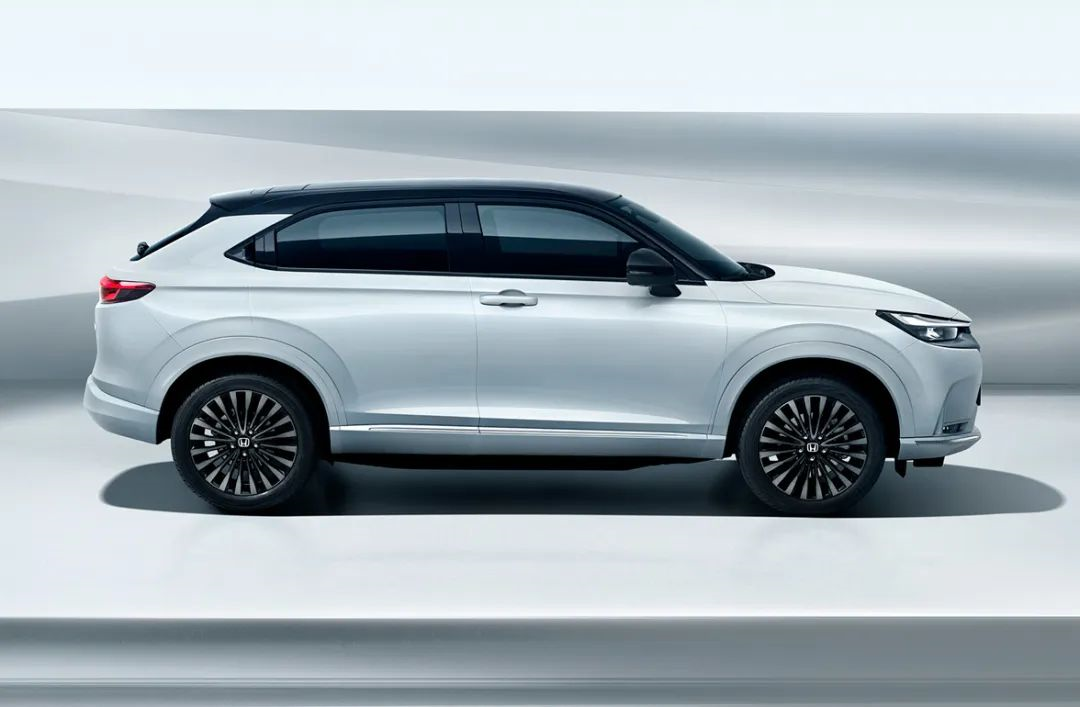 In response to the changing car-buying habits of Chinese consumers, GAC Honda has once again brought new channel solutions to the automotive industry. GAC Honda has created an online-to-offline (O2O) integration model for the sales of the e:NP1 series, centered around the four scenarios of “view, select, purchase, and use.” The cloud showroom provides real-time 3D interactive car viewing and voice explanations, enabling customers to easily view cars online without leaving their homes. In addition, the e:NP series adopts an online sales model where customers can place orders with one click through the GAC Honda APP, achieving a transparent and efficient car-buying experience.
In response to the changing car-buying habits of Chinese consumers, GAC Honda has once again brought new channel solutions to the automotive industry. GAC Honda has created an online-to-offline (O2O) integration model for the sales of the e:NP1 series, centered around the four scenarios of “view, select, purchase, and use.” The cloud showroom provides real-time 3D interactive car viewing and voice explanations, enabling customers to easily view cars online without leaving their homes. In addition, the e:NP series adopts an online sales model where customers can place orders with one click through the GAC Honda APP, achieving a transparent and efficient car-buying experience.
GAC Honda is also building a new offline electric vehicle (EV) sales service store and retail store system. The EV sales service store integrates product display, new car delivery, and after-sales services, creating a shopping and social space for users. The retail store focuses on the convenient geographic location, creating a more efficient and intuitive offline car-buying platform for customers. This year, the EV sales service store will be accurately constructed in restricted cities and key cities, while the retail store model will be fully deployed in major cities across the country.
The existing GAC Honda sales channels will also evolve, relying on the new EV sales service stores and more than 600 authorized dealers nationwide. Through digital platforms such as the GAC Honda APP and car navigation system, users can anticipate their car needs in advance and create a full-scenario service experience through convenient methods like car pick-up and door-to-door services. Travel services will also be launched through EV sales service stores to provide users with shared travel solutions.
Online, GAC Honda will use the APP as a platform, combining circle and car owner co-creation segments to create interest sharing through member point systems and car clubs. Offline, social community operations will be carried out based on the life areas of EV sales service stores, centered around fans and local enthusiasts to create emotional sharing in-depth.
Finally,
With the entry of Japanese automakers, the Chinese EV market has become more complete. In the era of fuel vehicles, the vast majority of users had their own camps, such as “German car enthusiasts,” “Japanese car enthusiasts,” “American car enthusiasts,” and so on. This is due to the large differences in product personality among regional car companies. But in the era of new forces, the pursuit of electric vehicles seems to be only efficiency, and no one talks about “personality.” Since everyone has come to the Chinese market, let’s show off our strengths and restart an era of diversity!
This article is a translation by ChatGPT of a Chinese report from 42HOW. If you have any questions about it, please email bd@42how.com.
